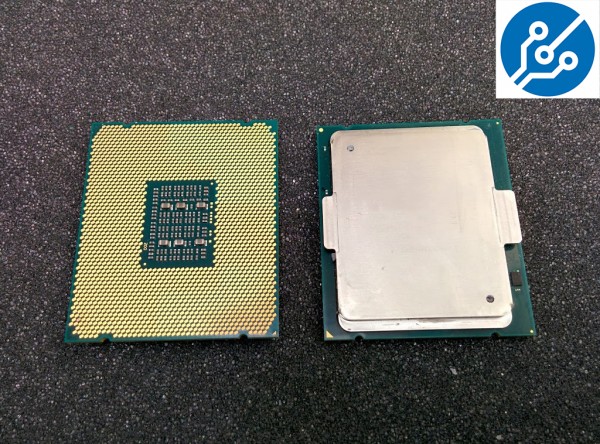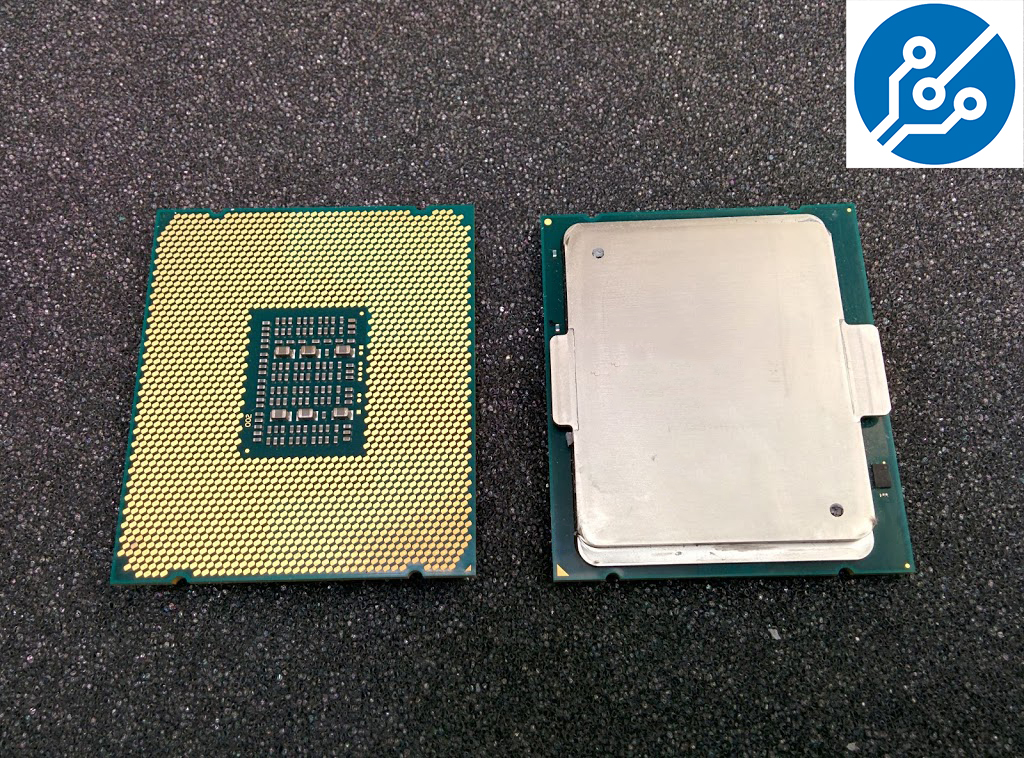Intel updates its Xeon E7 v2 series for the first time in almost three years introducing a “Skip-Tock” cadence for releasing high-end processors. The idea of Skip-Tock is that Intel skipped a Sandy Bridge-EX generation instead moving from Westmere to Ivy Bridge in one jump.
The Intel Xeon E7 V2 series is compatible with 2, 4 and 8 way configurations, and more using vendor proprietary interconnects. Each processor can have up to 15 cores 30 threads and 37.5MB of last level cache.

Some of the key features for Ivy Bridge-EX and the new Intel Xeon E7 v2 are:
The key features added to the new Xeon E7 v2 lineup include:
- Ivy Bridge generation core Architecture
- Updated Uncore Architecture
- Jordan Creek Memory Extension Buffer
- Updated system connectivity via QPI and PCIe
- Updated Coherence Protocol
- High Memory Bandwidth/ Capacity
- Updated power management/loadline features
- Added new RAS capabilities
Pricing ranges from $1200 to $6800 per chip and with up to 8 per server, that can get costly but is only part of the puzzle. Each chip can also address up to 1.5TB of memory meaning that in an 8 processor configuration one could get up to 12TB of RAM.
One interesting design choice is that Intel equipped each Ivy Bridge-EX chip with only 32 PCIe lanes. That means for the quad socket segment, Sandy Bridge-EP, Ivy Bridge-EP and Haswell-EP will have more PCIe lanes available to them than the higher end Intel Xeon E7 V2. When asked why there were only 32 lanes, the response was basically that features are locked in well in advance but knowing what we do now that number would have been raised. Expect something new for a subsequent generation.
Overall, these are processors designed for high-end systems that can easily cost more than a Ferrari (or two) which makes them interesting just based on sheer capacity.




